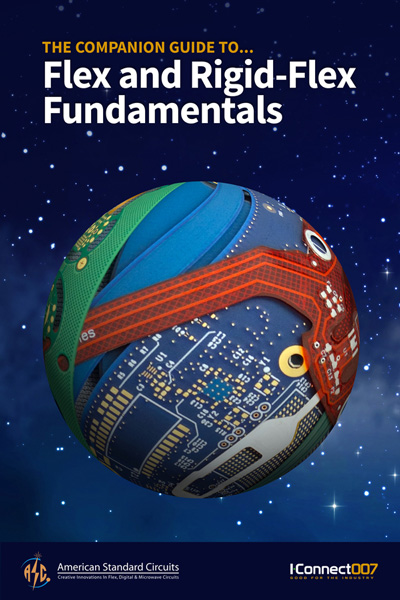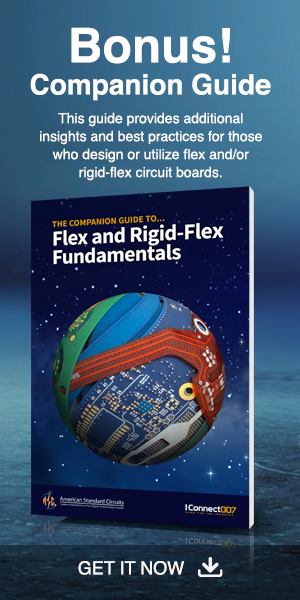ISBN: 978-0-9796189-4-9
 Anaya has over 30 years of experience in electronics manufacturing with several companies in the US, Canada and the Far East. He has over a decade of executive management experience in public companies manufacturing PWBs. Anaya has managed a variety of facets of PCB manufacturing at companies like IBM, Continental Circuits, Merix, Coretec and now American Standard Circuits.
Anaya has over 30 years of experience in electronics manufacturing with several companies in the US, Canada and the Far East. He has over a decade of executive management experience in public companies manufacturing PWBs. Anaya has managed a variety of facets of PCB manufacturing at companies like IBM, Continental Circuits, Merix, Coretec and now American Standard Circuits.
One of Anaya’s peers described him as "...one of the most driven engineering managers I have ever worked with. He has a keen eye for details and recognizes the big picture." He has extensive experience in virtually every aspect of PCB manufacturing operations including supply chain management and quality control. It is this background that allows Anaya to not only serve as ASC’s CEO, but as an expert ready to assist you with whatever questions you may have.
David Lackey
 Dave has been involved with manufacturing PCBs since 1980 and has worked in various shops, most of which had military certifications and utilized higher technology.
Dave has been involved with manufacturing PCBs since 1980 and has worked in various shops, most of which had military certifications and utilized higher technology.
Dave has extensive experience building metal-core boards and PCBs requiring thermal management solutions, as well as flex and rigid-flex boards.
Having worked in most departments throughout the years, Dave has developed a strong engineering background and is knowledgeable in most industry technologies. His background enables him to work not only with buyers but design engineers and quality and manufacturing personnel as well. Most questions can be answered on the spot, without having to deal with multiple visits, e-mails, or calls.
About American Standard Circuits
In the world of DFM, American Standard Circuits and Sunstone Circuits come together as a unified PCB manufacturing powerhouse with over 50 years of combined experience. Together, they offer a comprehensive range of solutions and excel in producing ultra HDI, rigid, metal-backed, RF/microwave, flex, and rigid-flex PCBs for various industries, ranging from industrial to aerospace/defense.
This strategic alliance represents their dedication to delivering exceptional products and simplifying the PCB procurement process. By merging their strengths, they have set a groundbreaking standard in PCB manufacturing, providing engineers with the ultimate PCB solution for everything from design and prototypes to large-scale production, all based on the principles of Design for Manufacturability.
The company’s impressive certifications and advanced technology expertise reflect its commitment to excellence. They prioritize unparalleled customer support, ensuring that clients' needs are always met with precision and care.
 Tom Woznicki, "The Flexdude"
Tom Woznicki, "The Flexdude"
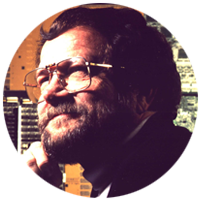 Lee Ritchey
Lee Ritchey
Chapter Summaries
-
Chapter 1
Chapter 1
Chapter 1 discusses material call-outs for flexible and rigid-flex circuits, including missing call-outs, copper type and thickness, and cover layer or solder mask over flex.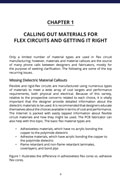
-
Chapter 2
Chapter 2
Chapter 2 explains how to design and layout flex and rigid-flex designs that will be right the first time, focusing on fabrication specifications, manufacturing tolerances, controlled impedance, and more.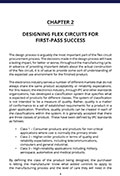
-
Chapter 3
Chapter 3
Chapter 3 breaks down the information that must be provided in the final data package you deliver to your flex fabricator, such as materials, class, plating requirements, artwork, and layer count.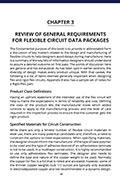
Print-on-demand paperbacks are available for this title. Click below to order from our distributor.
What Our Readers Are Saying
The Companion Guide to…
Flex and Rigid-Flex Fundamentals
This compact guide, written by topic experts at American Standard Circuits, is designed to provide additional insights and best practices for those who design or utilize flexible and/or rigid-flex circuit boards. Topics covered include trace routing options, guidelines for process optimization, dynamic flexing applications, rigid-to-flex transition and more.







